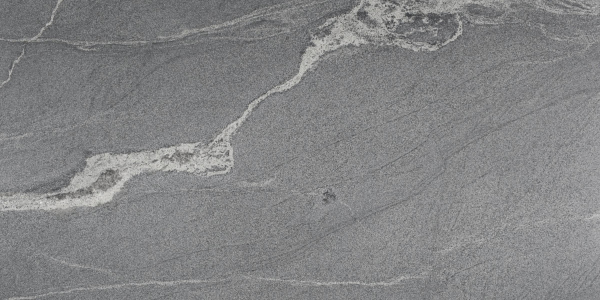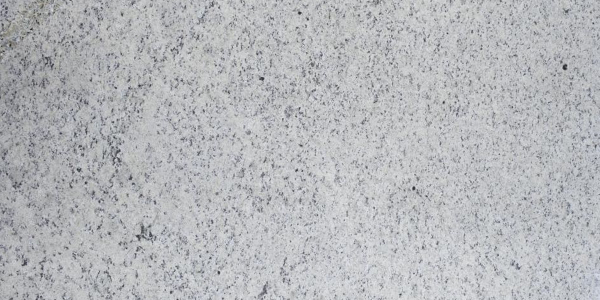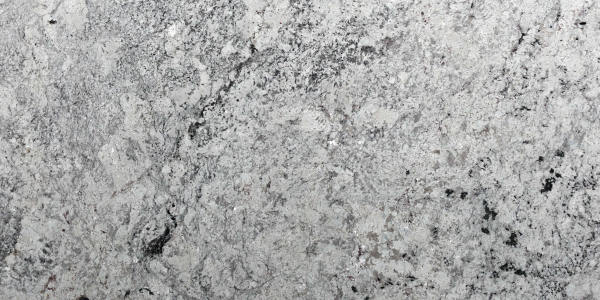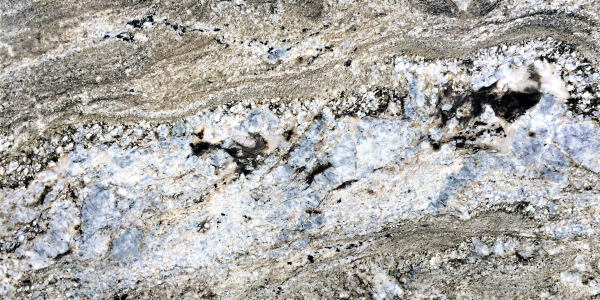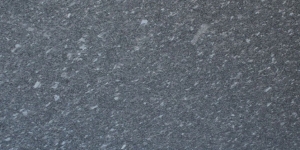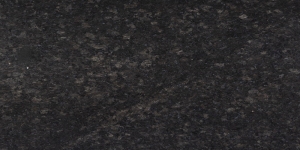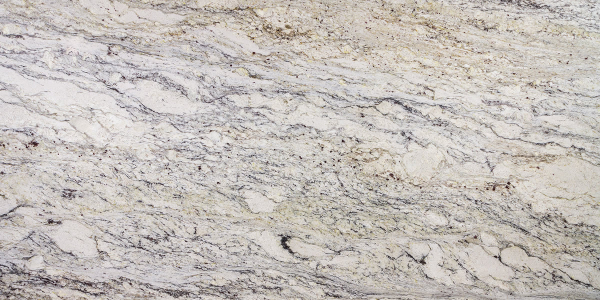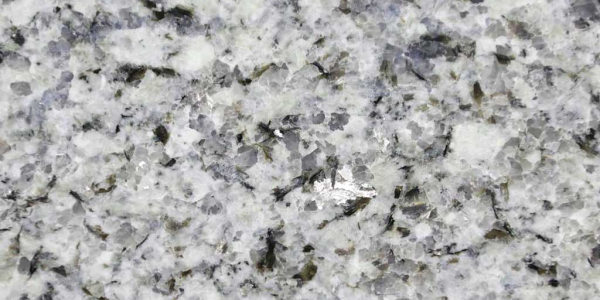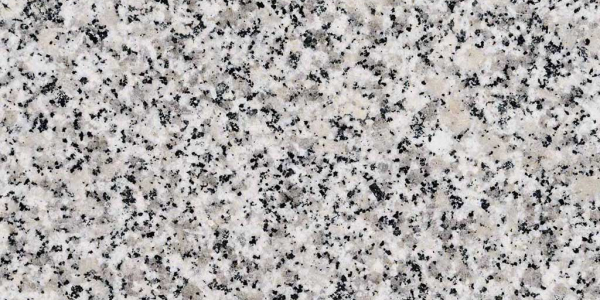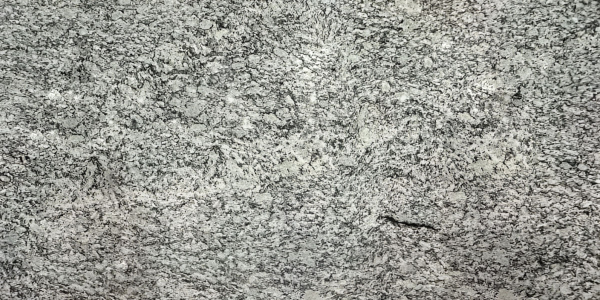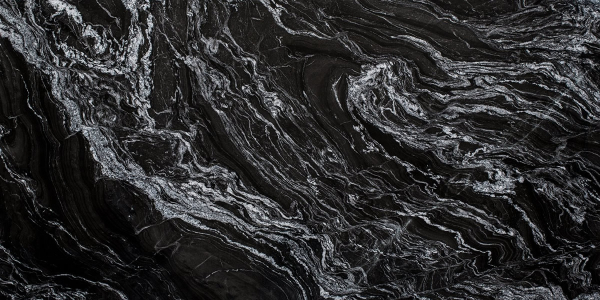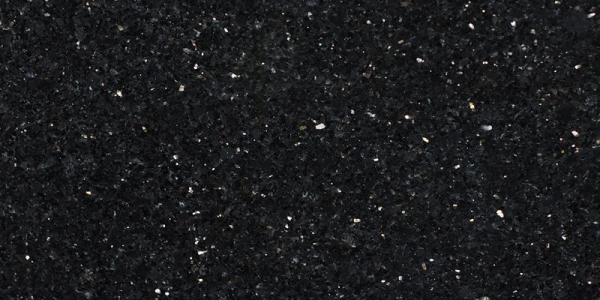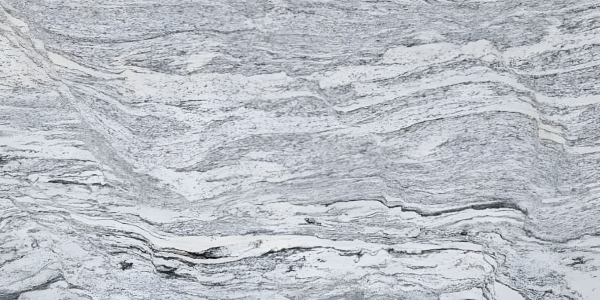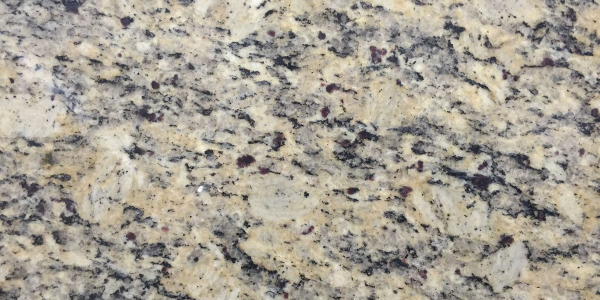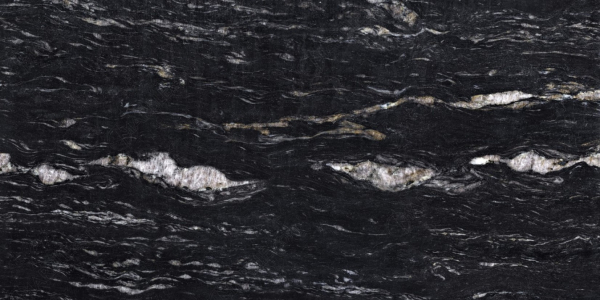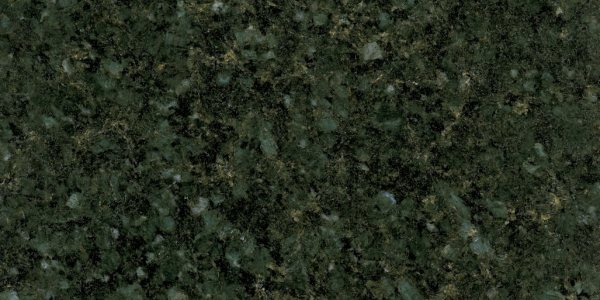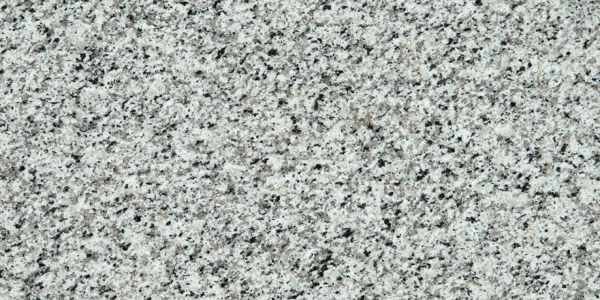Granite Florida: Boca Raton, Palm Beach, Fort Lauderdale
- Hits: 4792
The word "granite" comes from the Latin "granum" and means "grain". It is a really coarse-grained mineral with a grain size of up to 1 cm, which is much larger than the same marble. This rock is a major component of the Earth's continental crust; many mountains are composed of this stone. For example, the alpine Mont Blanc is one of the most famous granite peaks.
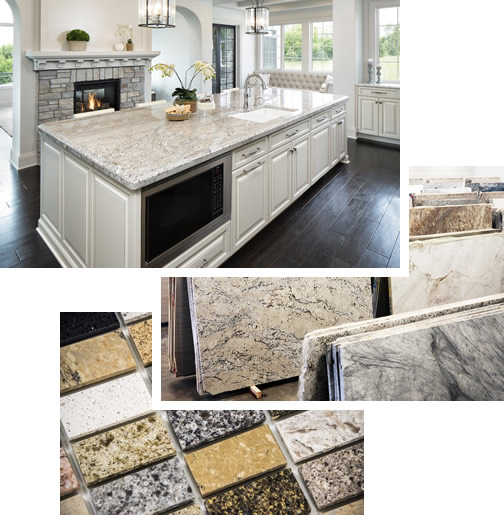
What is Granite
It is a plutonic igneous rock, consisting of 60-65% feldspar (a class of silicates) and 25-35% of quartz. The quartz forms irregular isometric grains in the stone, fused with feldspar grains. Granite also contains small amounts of mica (biotite or muscovite). The chemical composition of the mineral is characterized by high alkali content and a small percentage of iron and magnesium.
The color of granite varies from white and pink to almost red, and depends on the proportions of minerals in the composition. For example, if a large amount of potassium feldspar is present, the stone has a pink hue; if iron oxide is present, the material takes on a deep red color.
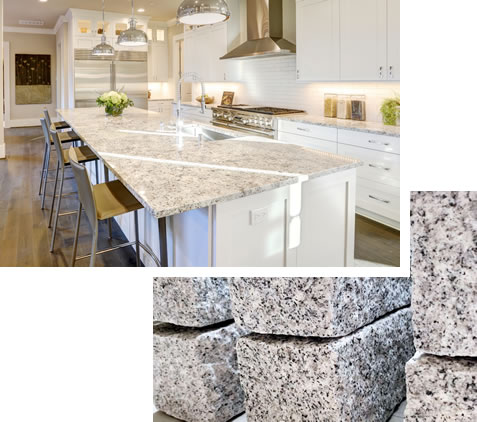
Origin of Granite
Among petrologists and geologists there is no unequivocal opinion on the origin of granite. In the 18th and 19th centuries, it was believed that granite was formed by crystal deposition on the ocean floor, but later the concept gave way to the plutonic model, which implies the formation of rocks at depths of more than 3 km at lithostatic pressure above 1 kbar.
Today it is obvious that the mineral has a heterogeneous nature, i.e. it is formed in two ways: in the process of crystallization of natural magma melt during its transition to a solid state (cooling down) and as a result of metamorphism - changes in magmatic rocks under the influence of high temperature and pressure. Many specialists argue that granite formation is not possible at all without metamorphism.
Granites occur at the top of the Earth's crust and are not present at the bottom of the oceans. The youngest minerals are dated 1-2 million years old, the oldest - 3.8 billion years. Originally, granite rocks did not come to the surface, but today granites are exposed due to the uplift of the roof rocks.
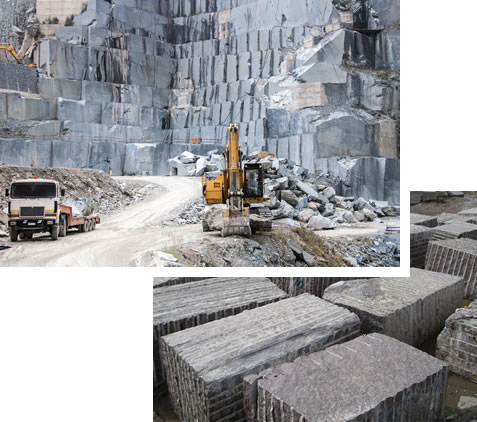
Granite Properties
Durability. Granite is known as "eternal" stone. Indeed, fine-grained rocks show the first signs of wear and destruction only after 500 years. The granite sarcophagus in the Great pyramid in Giza (constructed approximately 4500 years ago) practically has not changed with time.
High strength. This characteristic also depends on the size of the grains. Rocks with a fine-grained structure have a compressive strength of about 300 MPa. According to this parameter, granite significantly surpasses other materials. For example, the compressive strength of concrete of the highest class B30 is only 39.29 MPa, clinker brick M1000 - 100 MPa. In simple terms, the stone can withstand pressure of about 2200 kg per cm². Tensile strength is low and is only 3% of compressive strength. If the extraction technology is not followed properly, thin cracks may form in the stone, which have almost no effect on the compressive strength, but reduce the tensile strength.
High resistance to acids and natural phenomena in general. Stone can withstand about 300 cycles of freezing and thawing, which makes it one of the best materials for exterior decoration.
Average fire resistance. As a result of the polymorphic transformation of quartz, granite cracks at temperatures above 600°C. Direct contact with fire, the stone does not stand, but it is still suitable for arrangement of fireplaces (as well as marble), because the temperature of their external facing rarely exceeds 120 ° C. The melting temperature of granite is on average 1200 ° C, but in the presence of water, this parameter is much lower - about 650 ° C.
Water resistance. The coefficient of water absorption of the mineral is equal to 0.05-0.17%, which is comparable with marble. This stone practically does not absorb moisture, which makes it ideal for the construction of fountains, embankments and swimming pools. Indirectly, this parameter affects the frost resistance. Low water absorption is a consequence of low porosity of the material. Pores of granite occupy no more than 1.5% of the total volume.
Environmental granite is a stumbling block, both among suppliers and buyers. As a rule, this mineral is not dangerous to human health. The radiation level of most types of granite does not exceed 0.05 μSv/hour, while up to 0.25 μSv/hour per person per hour is an average value consisting of cosmic background, terrestrial radiation and incorporated radiation (received with water and food).
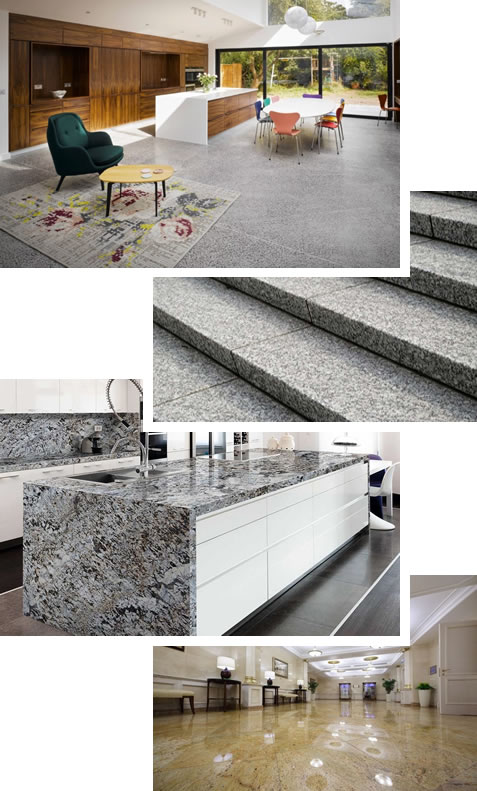
Granite Composition. Minerals
Granite rock is always a combination of quartz and feldspar. The only difference is the percentage of content of these minerals. If we talk only about the chemical composition of the stone, it consists of silica (72%), alumina (14.4%), oxides of potassium, sodium and calcium, which together occupy about 9%. In addition, the granite contains: burned magnesia, iron oxide and titanium dioxide.
The main substance that determines the color of the stone is feldspar: microcline, orthoclase and plagioclase. In addition, granite includes quartz, mica and amphiboles.
How minerals affect the color of granite:
Black and white. The mottled rock is the result of equal proportions of feldspar, amphibole, and quartz.
White. Purely white granite does not exist in nature, this term refers to light gray and yellowish rocks. Milky-white quartz and light feldspar give such shades to the stone.
Red. This is pink granite with an abundance of potassium feldspar. The red color of the material is due to the iron oxide.
Gray. A layered stone with a spotty pattern, predominantly composed of plagioclases.

Varieties of Granite
Depending on the percentage of dark minerals in the composition of granite, it is divided into several varieties:
Alaskite - not containing dark-colored minerals and having in its composition a significant amount of potassium-sodium feldspar, as well as biotite)
hornblende and hornblende-biotite with hornblende instead of biotite or together with it.
Plagiogranite - containing mainly plagioclase. Feldspar of potassium-sodium type is present in insignificant amounts. The color of such granite is light gray.
In addition to the above varieties there are more:
- biotite
- micaceous
- micaceous
- hypersthene (charnockite)
- augitic
- graphite
- diopside
- cordierite
- malacolite
- pyroxene
- enstatite
- epidote
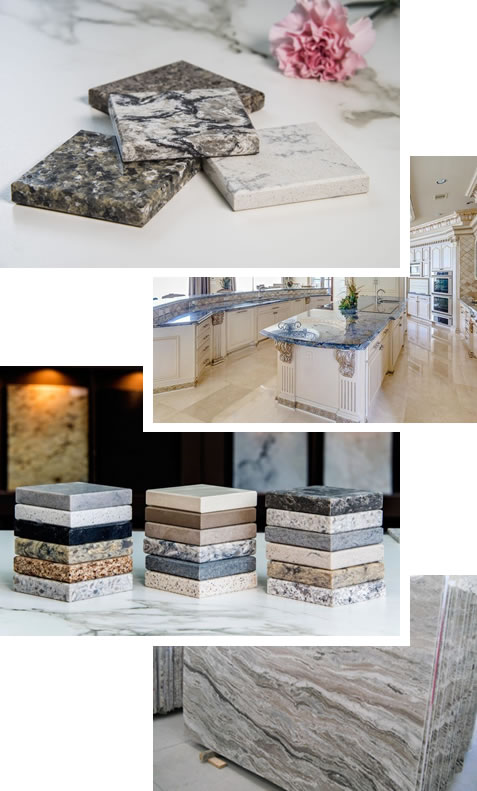
Granite is also subdivided by structural and textural features.
The following varieties are distinguished:
porphyritic - the rock contains isometric elements (quartz, microcline, orthoclase), which stand out from the total mass by their size and can reach 10-15 cm
Rapakivi granite - "rotten stone". A type of porphyritic granite that contains pink feldspar grains overgrown with light green plagioclase and shaped round. This peculiarity of structure explains the susceptibility of the material to crumbling.
Extraction of granite is fundamentally different from the ways of extraction of other minerals. As in the case of marble, it is important here to maintain the integrity of the blocks and prevent the formation of cracks that significantly reduce the strength characteristics of the material. There are three basic methods of mining stone:
Drilling. Cheap, artisanal and, in fact, "barbaric" method. Blasting produces blocks with high fracturing and a large (often up to 30%) amount of waste. Pits are drilled in the rock mass, in which industrial explosives are placed. One blast requires 10 to 30 holes and several tons of explosives. It is almost impossible to predict how the rock mass will behave in an explosion. After the explosion, the formed blocks are sorted and sent for sawing.
Air cushion detachment. The excavation section is outlined with drilled holes into which air is pumped at high pressure. As a result, the blocks of rock are separated from the massif, and in this case it is possible to accurately predict the area of the fault. The technique does not lead to the destruction and crumbling of the rock and does not cause the appearance of cracks in the blocks. As a result the resource of the deposit is used more rationally.
Stonecutting. Special equipment with diamond cutters is used to separate the blocks. As a result one extracts massive (40-60 tons) blocks of correct shape that are extracted from the excavation section with heavy cranes. The method is widespread in Europe.
There are alternative ways of granite extraction: burocline, when holes are drilled in the stone and liquid is pumped into them, and the method of "silent explosion", which implies pumping a non-explosive expanding mixture into the holes.
Use of Granite
Construction. The heaviness and high cost of stone does not allow its use in mass construction, but it is still used for the erection of individual residential and public buildings.
Facing works. Granite is used for finishing facades and premises, floorings, stairs and columns. Its high frost-resistance allows to use it for decorative exterior finish. It is ubiquitous for paving stone, sidewalk trim and curbstone production.
Interior details production. Polished granite is suitable for the creation of countertops, window sills, bathrooms and sinks. It is used for small architectural compositions.
Backfilling of roads, concrete production. Waste stone resulting from drilling and blasting is used as crushed stone for road paving and concrete construction.
Production. Rock with a high potassium feldspar content is used as a flux in the manufacture of glass and fine ceramics.
Paving stone production. Thanks to its strength and durability paving stones made of granite have been popular for many centuries.
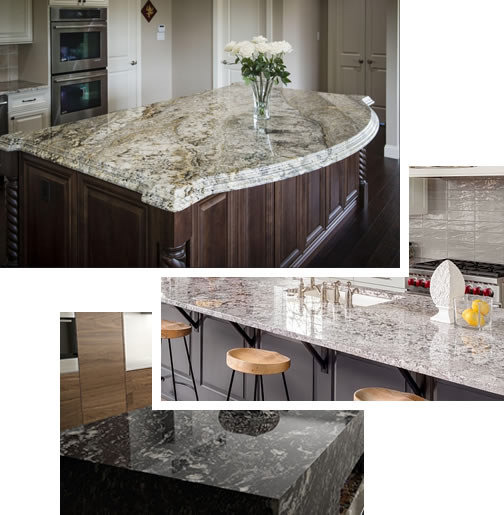
Granite in the interior
Granite rocks have found wide application in all kinds of interior furnishings.
Granite decorative facing: walls, floors, stairs and fireplaces. The stone is suitable for any premises. It is resistant to bathroom or pool moisture, to most household contaminants in the kitchen, it is practically indestructible in high traffic environments.
Therefore, when finishing the floor and stairs in public institutions (subway stations, train stations, shopping centers), masters give preference to granite.
Creation of functional products: tabletops, countertops, window sills and stone furniture.
Manufacturing of decorative elements: sculptural compositions, vases, mosaics and panels.
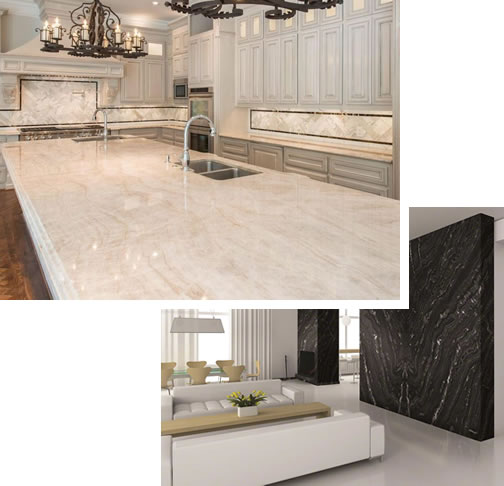
Venezia Stone is your granite supplier near me
- Jacksonville
- Miami
- Tampa
- St. Petersberg
- Orlando
- Hialeah
- Fort Lauderdale
- Tallahassee
- Pembroke Pines
- Hollywood
- Cape Coral
- Coral Springs
- Port St. Lucie
- Gainesville
- Clearwater
- West Palm Beach
- Mayramar
- Miami Gardens
- Palm Bay
- Spring Hill
- Brandon
- Sunrise
- Pompano Beach
- Lakeland
- Miami Beach
- Plantation
- Davey
Contact Info

Phone
E-mails
MD: This email address is being protected from spambots. You need JavaScript enabled to view it.
FL: This email address is being protected from spambots. You need JavaScript enabled to view it.
NJ: This email address is being protected from spambots. You need JavaScript enabled to view it.

